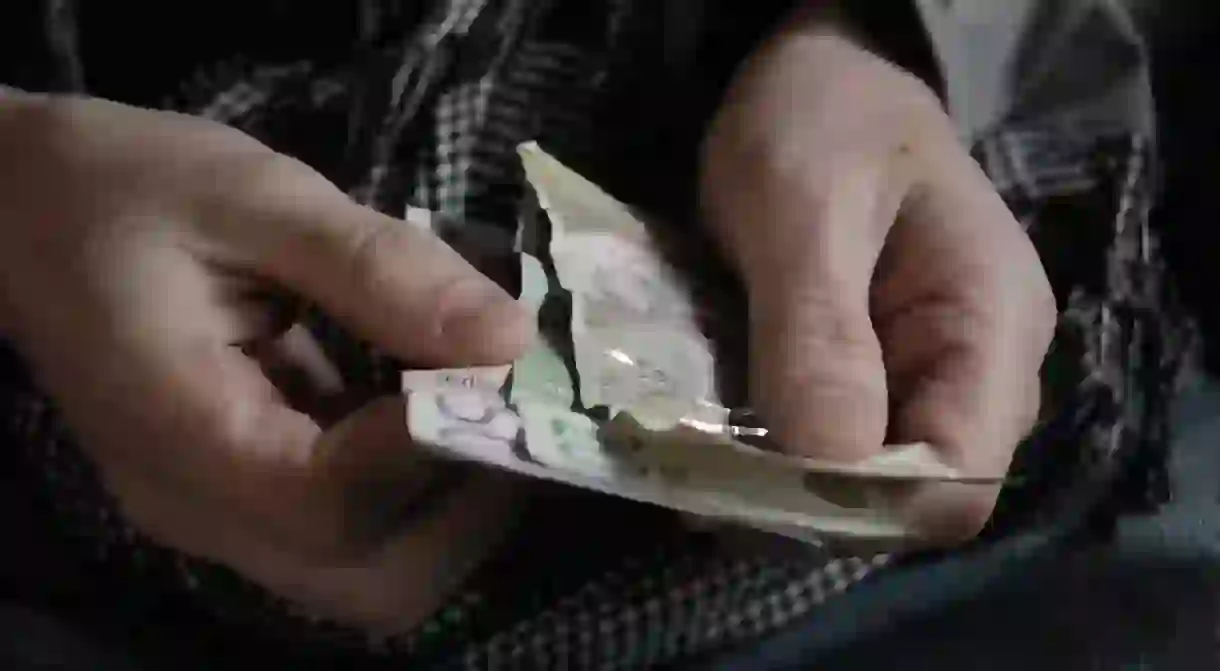RSD: Explaining Dinar, Serbia's Currency

Serbia’s official currency, the dinar, has a history that is just as tumultuous as the country where it is used. The bright colours and large denominations tell their own story, and visitors can be excused for being baffled by the strange notes. We’re here to further explain the Serbian dinar, or the RSD.
A turbulent history
The dinar was first mentioned way back in the 13th century, but the early promise came to nought when the Ottoman Empire swamped the country and the dinar was removed from daily existence. The occupation wouldn’t last forever (obviously), and post-Ottoman Serbia found itself dealing with a host of different currencies. This is no way to build a stable economy, so Mihailo Obrenović made the move to establish a national currency in 1867.
The 20th century was an up and down time for Serbia to say the least, and the fortune (or lack of) the dinar mimicked this rollercoaster ride. The Yugoslav dinar made its first appearance in 1920, coming and going during World War II before being established again in 1944. The Yugoslav Wars of the ‘90s did a number on the dinar, and 1993 saw hyperinflation reach its manic height with the printing of the 500 billion dinar note. For the curious, that is 500,000,000,000 dinars. Things have thankfully calmed down since, and the Serbian dinar returned to use in 2003.

Coins
You may well get your hands on some Serbian dinar coins, but they became entirely irrelevant during the insanity of 1993. They are worthless for all intents and purposes, so don’t expect to frantically count out your change when in Belgrade and beyond.
All you need to know about the notes
The colourful parade of notes that escape from the ATMs dotted around the country will be your source of money in Serbia. Some of the greatest Serbians in history are honoured on the notes, with a couple of surprises along the way.
10RSD
The lowest denomination is the 10 dinar note, and the man who reformed the Serbian language is found on this orange piece of paper. Vuk Karadžić eventually became a salty old man with a fantastic moustache and one leg, but in his youth, he resembled a confident French noble. The moustache was already there though.

20RSD
Petar II Petrović-Njegoš is immortalised on the turquoise 20 dinar note. Known as the ‘Poet Prince’, Njegoš was a hulking giant who brought law and order to Montenegro in the early 19th century, finding time to pen one of Serbia’s most iconic epic poems along the way. The Mountain Wreath isn’t an easy read, but it is a hugely impactful one nonetheless.
50RSD
The pink 50 dinar note features Stevan Stojanović Mokranjac, the man considered to be the ‘Father of Serbian music’. Mokranjac established the Serbian School of Music in 1899, before moving to Skopje as World War I made its presence felt in Belgrade.

100RSD
It seems silly to say that a particular note is more famous than the rest, but that is most definitely true of the 100 dinar note. The blue hue has little to do with it, as it is the iconic stare of Nikola Tesla that always arouses the interest of knowledgeable visitors. There may not be a more popular Serb in all of history.

200RSD
Only one female is featured on the notes of the dinar, and that lucky lady is none other than impressionist painter extraordinaire, Nadežda Petrović. World War I made a huge impact on her as well, although she wasn’t as lucky as Mokranjac when it came to getting out of town. Petrović volunteered as a nurse in the Serbian Army, dying of typhus in April 1915. The Gračanica monastery, the subject of Petrović’s most famous painting, is on the reverse in silhouette form.

500RSD
Arguably the most aesthetically pleasing of the lot, green and orange come together to make the 500 dinar note a true standout. Jovan Cvijić, the man considered to have established the field of geography in Serbia, is the lucky icon adorned on the note.
1000RSD
The largest note that is in common use, the 1000 dinar features Serbian entrepreneur and brewer Đorđe Vajfert. A wildly wealthy industrialist, Vajfert founded modern mining in Serbia and supported numerous cultural institutions along the way. An outline of his brewery is on the reverse of this vibrant red note.
2000RSD
Milutin Milanković is found on the dull-yellow 2000 dinar note, but ‘dull’ isn’t a word that can be used to describe the life of Milanković. A wildly respected mathematician, astronomer and geophysicist, Milanković was the first to accurately predict the future climate changes of the planet. He also found time to write a number of romantic novels that were as indebted to science as they were to matters of the heart.

5000RSD
The purple 5000 dinar note is rarely seen, and you’ll struggle to use it if you get your hands on one. Slobodan Jovanović is the man on it, a historian and politician who was reportedly the first Serbian to be given that first name. His standing as the most prominent Serbian intellectual of his time led to him being on the note however, and note the moniker choices of his parents.
Exchange rates
Unfortunately for those with a fear of high numbers, the Serbian dinar’s relative weakness means you will be paying for small items with hundreds of dinars. Don’t be worried though, you aren’t shelling out a small fortune. £1 is worth 133RSD, €1 comes to 117RSD, with $1 sitting pretty at 96RSD.













